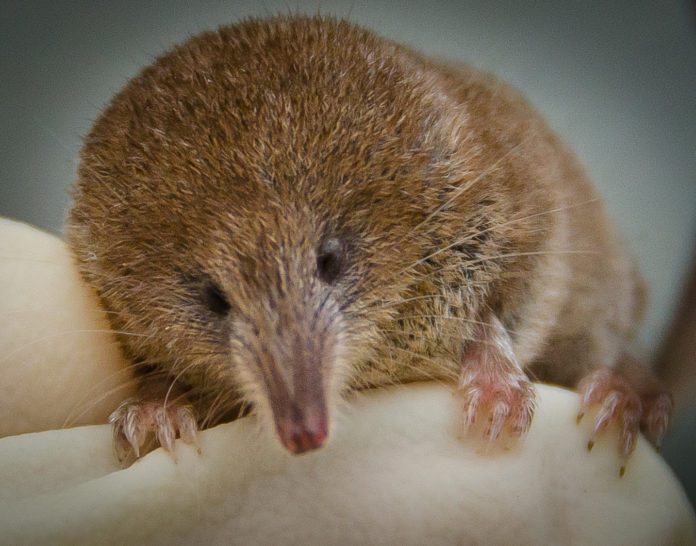The Pygmy Shrew, Ireland’s smallest native mammal, is quickly and quietly vanishing from our landscape.
A study from scientists at ATU Galway has found that the Pygmy Shrew is being outcompeted for its insect food source by the invasive greater white-toothed shrew.
This invasive species, which first began arriving around 2007, is about three times larger than Ireland’s native shrew, and has begun swallowing up its food source.
“Invasive species are one of the leading causes of species extinctions globally, with over 80% of extinctions on islands being due to these invasions,” explains Dr Allan McDevitt of ATU Galway.
The mammal expert said that it was first thought that the addition of the greater white-toothed shrew might actually be beneficial, as a New food source for native birds of prey.
“However, it quickly became apparent that it was causing a problem for Ireland’s only shrew, the tiny pygmy shrew”.
“We discovered that the native pygmy shrew was disappearing in Ireland whenever it came into contact with the new invasive shrew.”
“We didn’t know how this was happening given that the two species normally live together in Europe.”
After investigating, researchers found that the invasive shrew starts off by eating larger insects.
But afterwards, it will move on to the smaller insects the pygmy shrew relies on to survive, leading to the native species being replaced.
“The pygmy shrew needs to eat more than its body weight in insects each day to survive,” states Dr McDevitt, who has been working on shrews in Ireland for 20 years.
“If this new shrew species is coming in and taking away its primary food sources, the pygmy shrew will struggle to live along side it.”
“We have found that the native pygmy shrew vanishes in as little as a year after first encountering the new species.”
There are also concerns that the invasive species is altering the makeup of Ireland’s insect communities, due to the large volume it consumes.
The invasive shrew is also increasingly known to occupy human dwellings, posing a growing pest problem.











